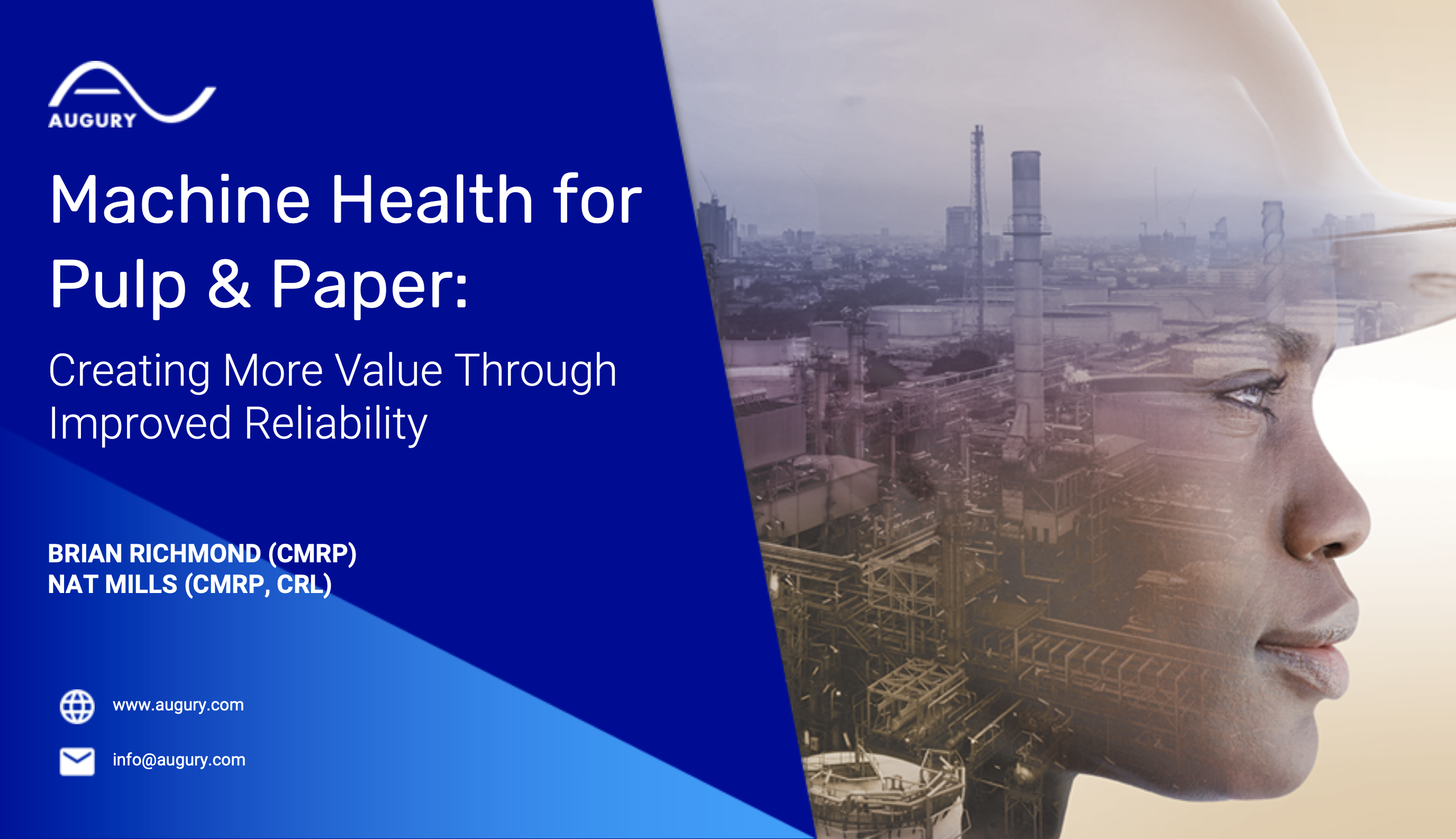
Two industry veterans backed by decades of on-the-floor experience weigh in on how the Pulp & Paper industry can create more value through improved reliability. “At the end of the day, it’s got to be something that people use – that’s how I measure everything.”
Building The Trust
Augury counts major players in Pulp & Paper as esteemed customers – including Roseburg, PaperWorks, ICL and Essity. We earned their trust through, for example, providing a twofold ROI on investment within six months of deployment, or saving $98,400 in avoided downtime costs in 2.5 months.
As Olli Härkönen, Global Manufacturing Digitalization Director at Essity, puts it: “The world is depending on us to continue producing the products it needs, especially in these trying times – and our people are rising up to the challenge, as always. Augury’s Machine Health solution will help us continue our focus on digitalization while reducing manufacturing costs and increasing reliability.”
While it’s always great to convince the corporate executives, these successes are largely down to having convinced those on the floor actually operating the machines: that we have the means to flag a specific problem and offer a solution on how to fix the machine in time – without being drowned in fancy words or false alerts.
The Specific Challenges of Pulp & Paper
The webinar ‘Machine Health for Pulp & Paper: Creating More Value Through Improved Reliability’ offers straight and clear talk on how a condition-based monitoring system such as Machine Health can really drive value.
The two hosts – webinar’s Brian Richmond (Head of Solutions Architecture, Augury) and Nat Mills (Senior Solutions Architect, Augury) – have both managed maintenance departments for wood product manufacturers in the past, and intimately know what’s at play when applying new technologies to the work floor.
“The battle against downtime and line availability is constant, thanks to backups and bottlenecks. Safety hazards, complexity, and fast-moving processes can make it difficult to care for machines, even for the reliability experts in your mill,” says Brian. “A Machine Health strategy can really alleviate these challenges.”
“It can really ease the stress on the work floor,” adds Nat. “I know the pressure to get back up and running. It’s a reactive way to work and that stress is definitely a thing that causes things to happen in ways you don’t want them to happen – both in terms of safety and getting the job done as quickly and effectively as possible.”
Prescriptive Insights for Shared Actions
The webinar covers how Augury’s Machine Health Solutions use AI-driven analytics to deliver predictive, prescriptive insights that can help you and your team:
- Reduce unplanned downtime
- Cut operational costs
- Improve output and increase capacity
- Optimize assets for maximum efficiency
- Empower workers through data-driven decision making
Where the webinar really delivers is how it paints a full picture on how to harness these advantages by inspiring and engaging the team on the floor – the people who are in the best position to make the biggest difference.
“It’s about giving the right data to the right people so they can make the right decision at the right time,” says Nat. “And in the process, you create a single source of truth that everyone – the maintenance team, the quality team, operations, the engineering leadership, different people from different sites – can look at the same dashboard and understand what’s going on.”
“But at the end of the day, it’s got to be something that people use,” says Brian. “That’s how I measure everything.”






